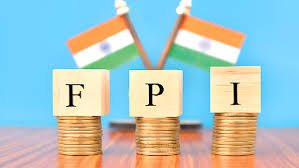The Prime Minister’s Employment Generation Programme has been approved for continuation till the financial year 2025-26 with the total outlay of Rs 13,554.42 crore, the government said on Monday. The scheme will create sustainable employment opportunities for about 40 lakh persons in five financial years, the ministry of micro, small and medium enterprises said.
The extension of the scheme is over the 15th Finance Commission Cycle for five years from 2021-22 to 2025-26.
PMEGP seeks to facilitate generation of employment opportunities for youth across the country by assisting them in setting up of micro enterprises in non-farm sectors.
Along with the extension of the time frame, some major modifications have been made in the existing scheme. These include increase in the maximum project cost from existing Rs 25 lakh to Rs 50 lakh for manufacturing units and from existing Rs 10 lakh to Rs 20 lakh for service units.
The definition of village industry and rural area has also been modified for PMEGP, with areas falling under Panchayti Raj institutions to be accounted under rural area, whereas areas under municipal corporations to be treated as urban areas.
All implementing agencies are allowed to receive and process applications irrespective of the rural or urban category.
PMEGP applicants under aspirational districts and transgender will be treated as special category applicants and entitled for higher subsidy.
The continuation has been approved with a “higher rate of margin money subsidy — 25 percent of the project cost in urban area and 35 per cent of the project cost in rural areas, for special category applicants including, SC, ST, OBC, women, transgender, physically disabled, NER, aspirational and border district applicants,” the statement said.
For general category applicants, the subsidy is 15 percent of the project cost in urban area and 25 percent of the project cost in rural areas, it added.
Since its inception in 2008-09, about 7.8 lakh micro enterprises have been given assistance under PMEGP with a subsidy of Rs 19,995 crore, generating estimated sustainable employment for 64 lakh persons.
About 80 percent of the units assisted are in rural areas and about 50 percent are owned by SC, ST and women categories. (Economic Times)












